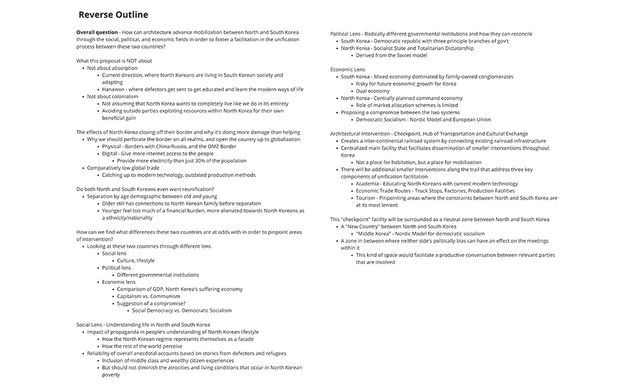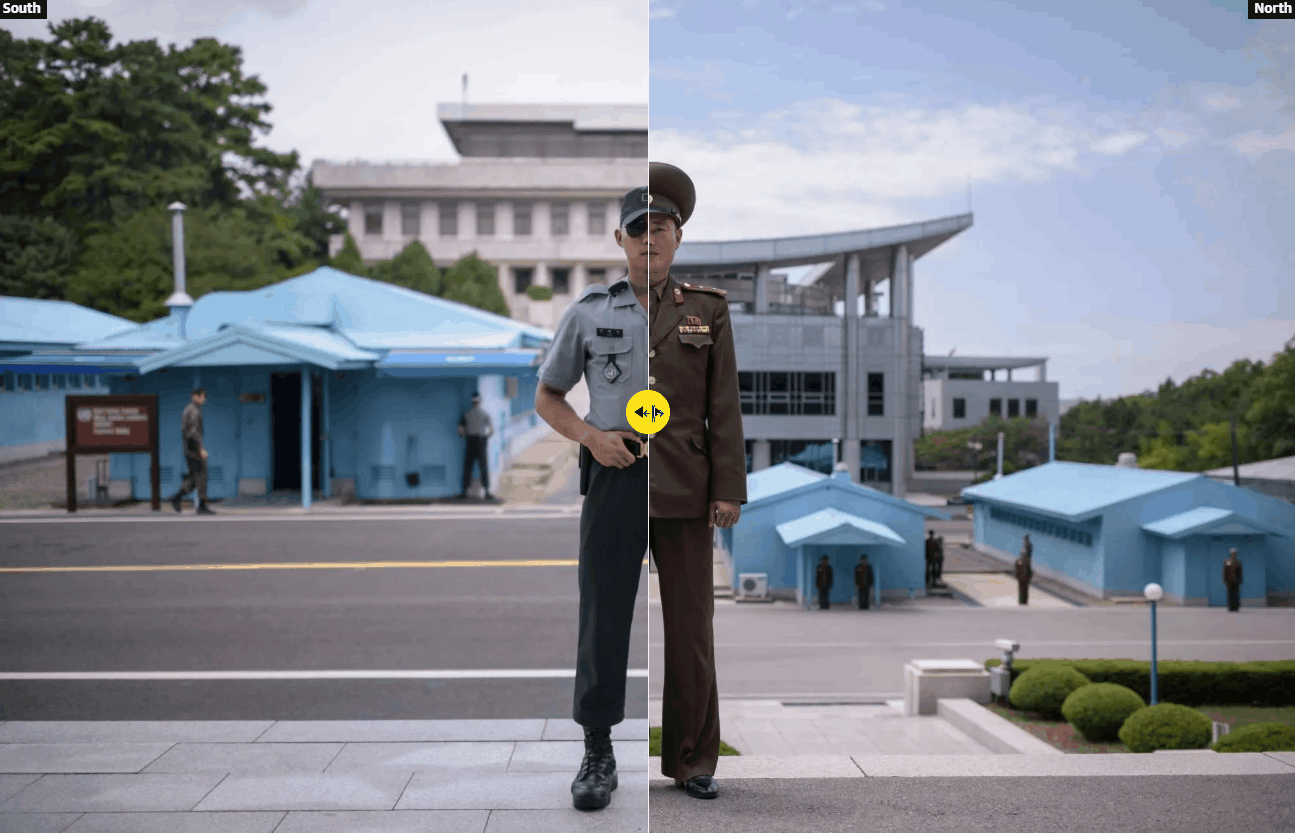[10/30] Thesis Proposal - Reverse Outline [2/3]

Do both North and South Koreans even want reunification?
The most important distinction to make is that in South Korea, there is a separation by age demographic between the older and the younger generations. A majority of the older population still have family or relatives that are in North Korea, but were separated due to the Korean War. They want to connect with their family again, therefore unification would make that a lot easier.

source
The younger generation on the other hand are against reunification because they feel that the financial burden may be too much to handle for South Korea. In juxtaposition with the older generation and their extended family in North Korea, the younger generation feels more alienated towards North Koreans because they don’t have that extended family, so there is no want to connect with anyone special in North Korea.
How can we find what differences these two countries are at odds with in order to pinpoints areas of intervention?
Looking at these two countries through different lens would help facilitate pinpointing specific problems or flaws within these two countries, which can lead to a dissection of these connections that can lead to numerous solution proposals. These lens are divided into:
- Social Lens - Culture, Lifestyle
- Political Lens - Different Governmental Institutions
- Economic Lens - Comparison of Economic Growth, Establishing Differences and Proposing a Compromise

source
Social Lens - Understanding life in North and South Korea
This narrative is a little tricky, in that people are inclined to believe that the lifestyle of North Koreans are vastly different in comparison with other, more modernized countries, but there are certain aspects that show instances where North and South Korean pastimes are more similar than we thought, especially when they are compared visually.

source
Propaganda is a huge issue when speculating the validity of our understanding of life inside the world’s most closed off country. There are two perspectives involving propaganda that affect people’s understanding of the North Korean lifestyle. The first perspective is how the North Korean regime represents themselves as a facade for the outer world to see. The second perspective is how the rest of the world perceives North Korea.

source
There is also some speculation on the reliability of the anecdotal accounts based on stories from North Korean refugees or defectors. People that are only exposed to these kinds of stories are going to assume that a majority of North Korea's lifestyle is based off of these kinds of novels. People should also consider the inclusion of middle class and wealthy citizen experiences. But this consideration should not diminish the atrocities and living conditions of the underprivileged poverty, in addition to the political labor camps and gulags.

Inside North Korea's secret gulags, source
Political Lens - Different governmental institutions and how they can reconcile
When comparing their governmental institutions, South Korea is a democratic republic with three principal branches of government, while North Korea is a socialist state with a totalitarian dictatorship. The North Korean regime is structured after the Soviet model, and includes the people’s devout, almost religious following of the Kim Dynasty’s current leader.

source
Democratic socialism, such as the Nordic Model, can serve as a possible compromise for looking through both the political lens and the economic lens of this thesis proposal. This Nordic Model stresses three categories to maintain a trifecta of cooperation:
- Economic Governance - macroeconomic policies and industrial policies
- Public Welfare - welfare state, income guarantees, free services and education, active labour market policies
- Organized Work - coordinated wage, collective agreements, local cooperation
Economic Lens - Mixed vs. Centrally Planned
Another point that is important is North and South Korea’s different economic systems. South Korea runs a mixed economy that is dominated by family-owned conglomerates, or chaebols, which is risky for future economic growth for Korea. This also emphasizes a dual economy that South Korea has, where the country contains the existence of two separate economic sectors within one country, that is divided by different levels of development, technology, and different patterns of demand. This means that their successful sectors hide the unsuccessful and struggling sectors in other fields of production and business.

North Korea on the other hand is a centrally planned command economy, where the role of market allocation schemes are limited. As previously mentioned, a big problem that is specific to North Korea is that because it is so closed off from everything else, it is the primary cause for a multitude of problems that may have resulted in its disastrous GDP per capita.

source
Also previously mentioned, a compromise between these economic systems can be considered by analyzing the Nordic Model through democratic socialism, which stresses a heightened overall welfare of the citizens through a higher taxation and a more aggressive taxation on the wealthy.
